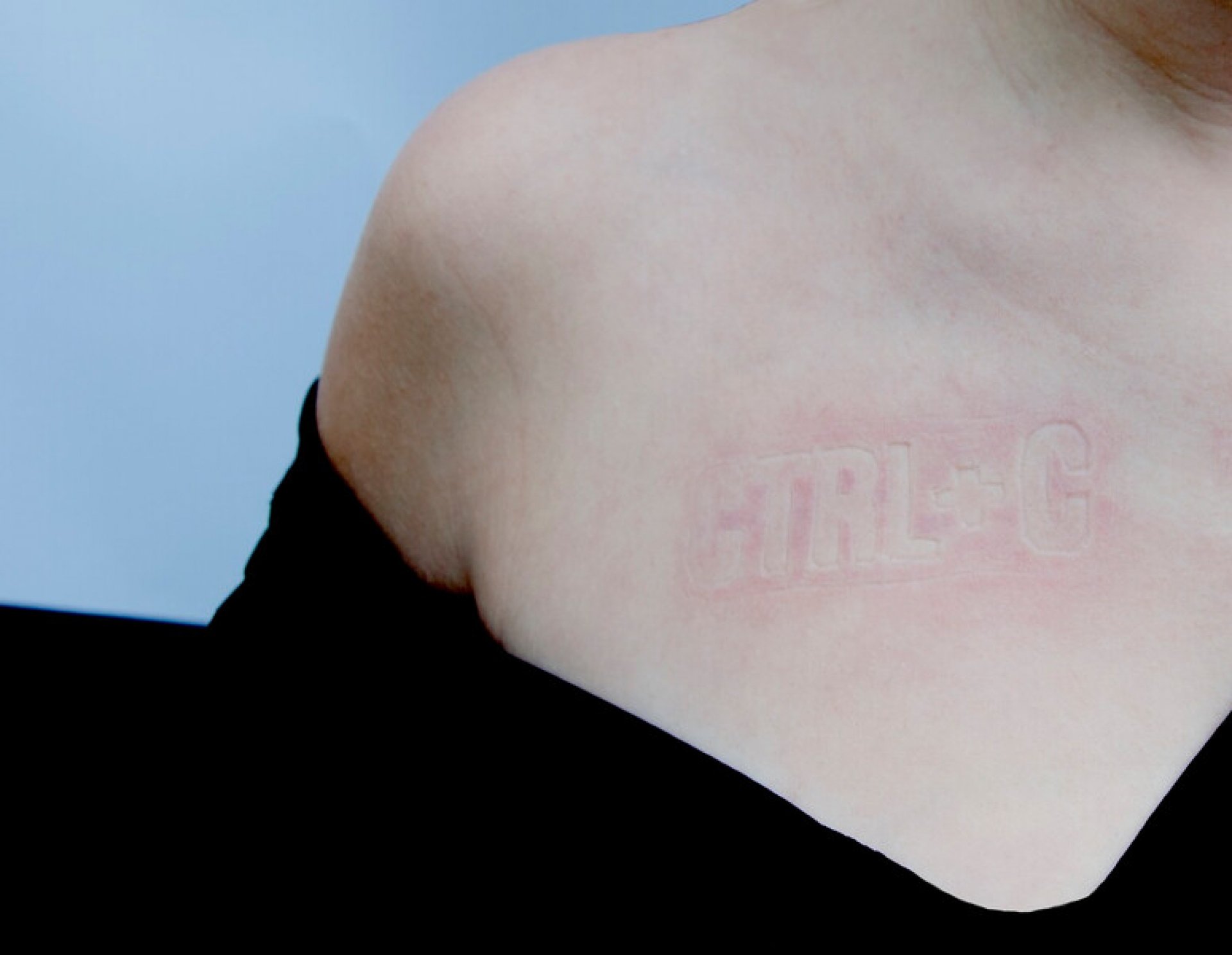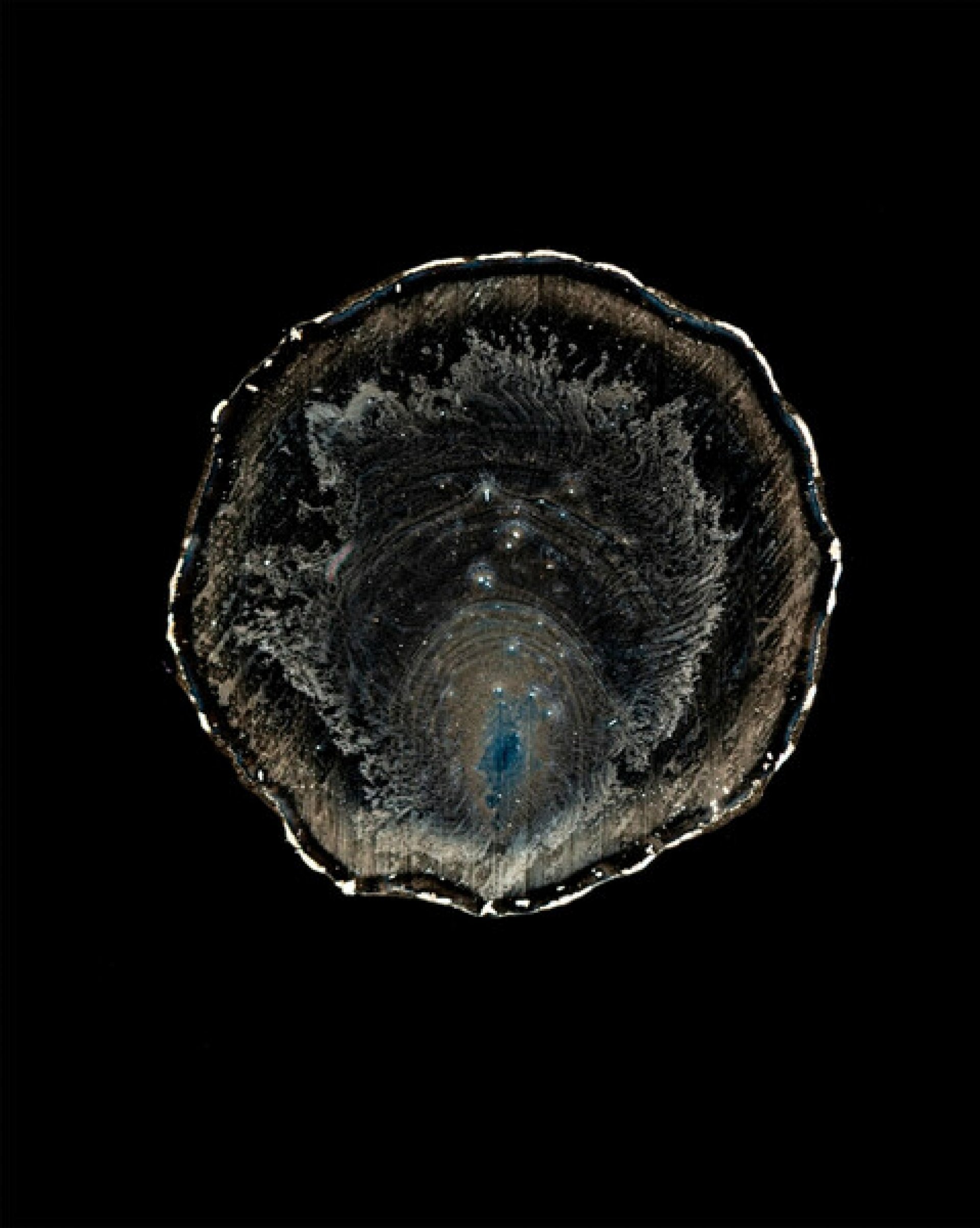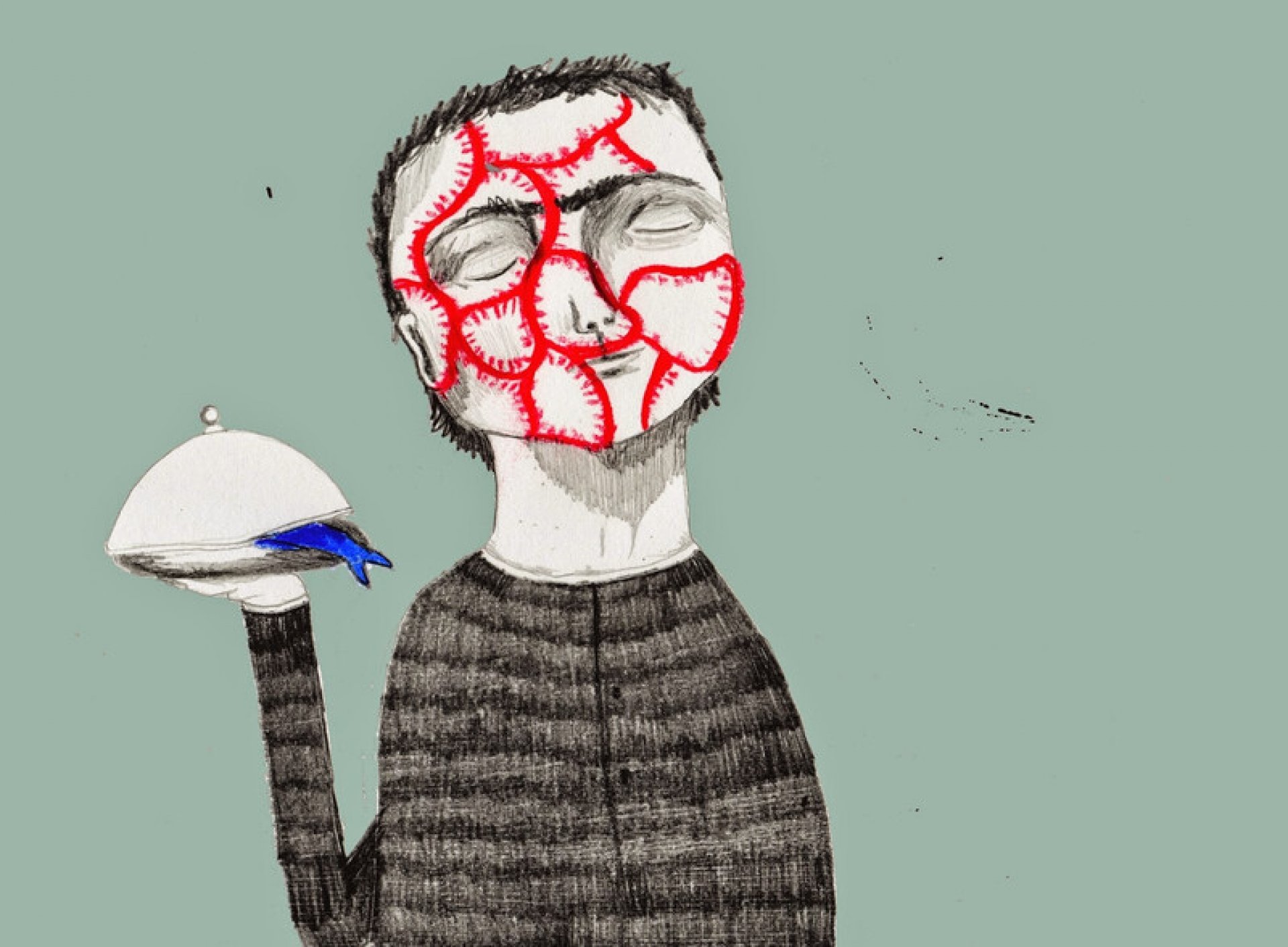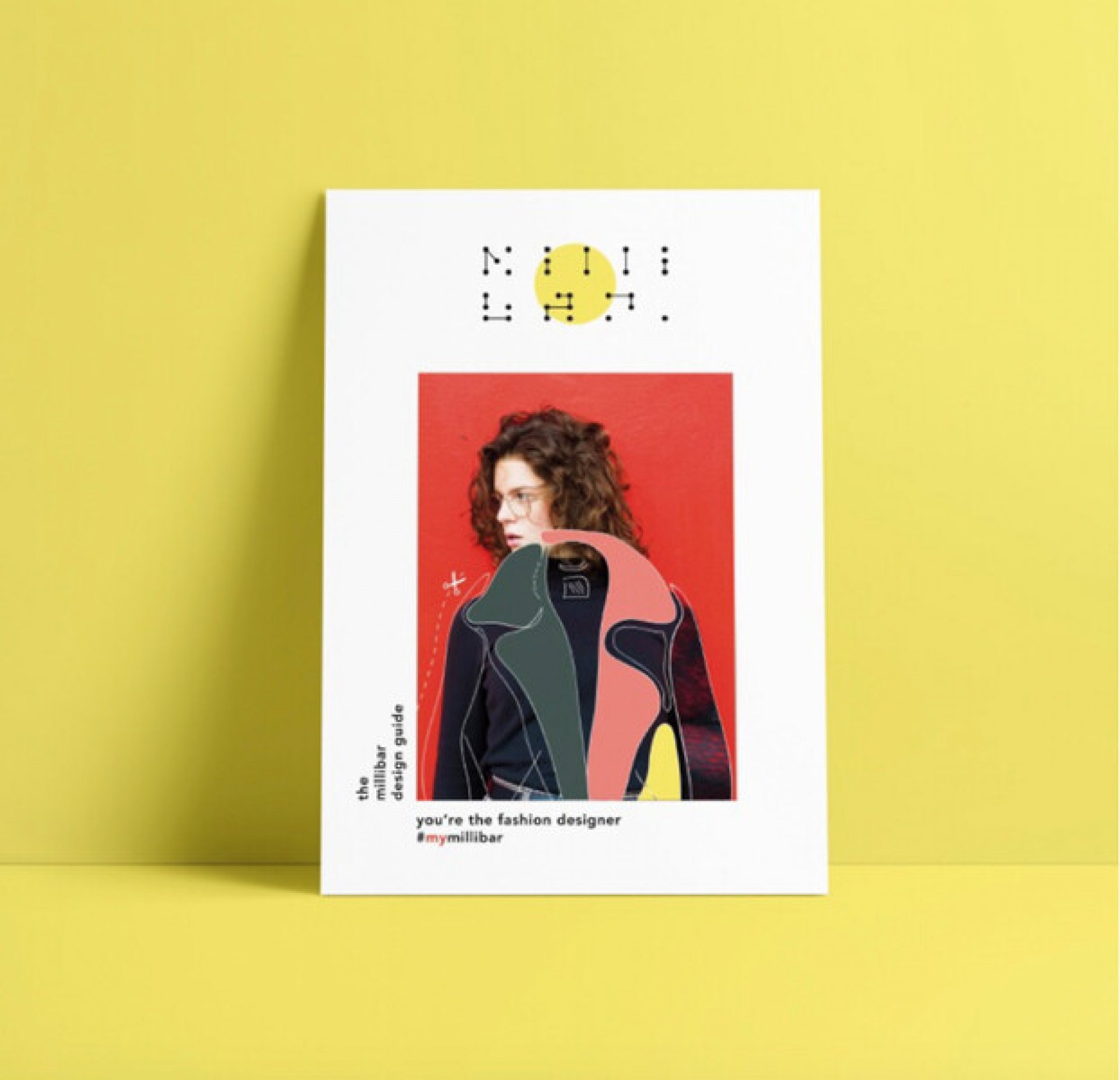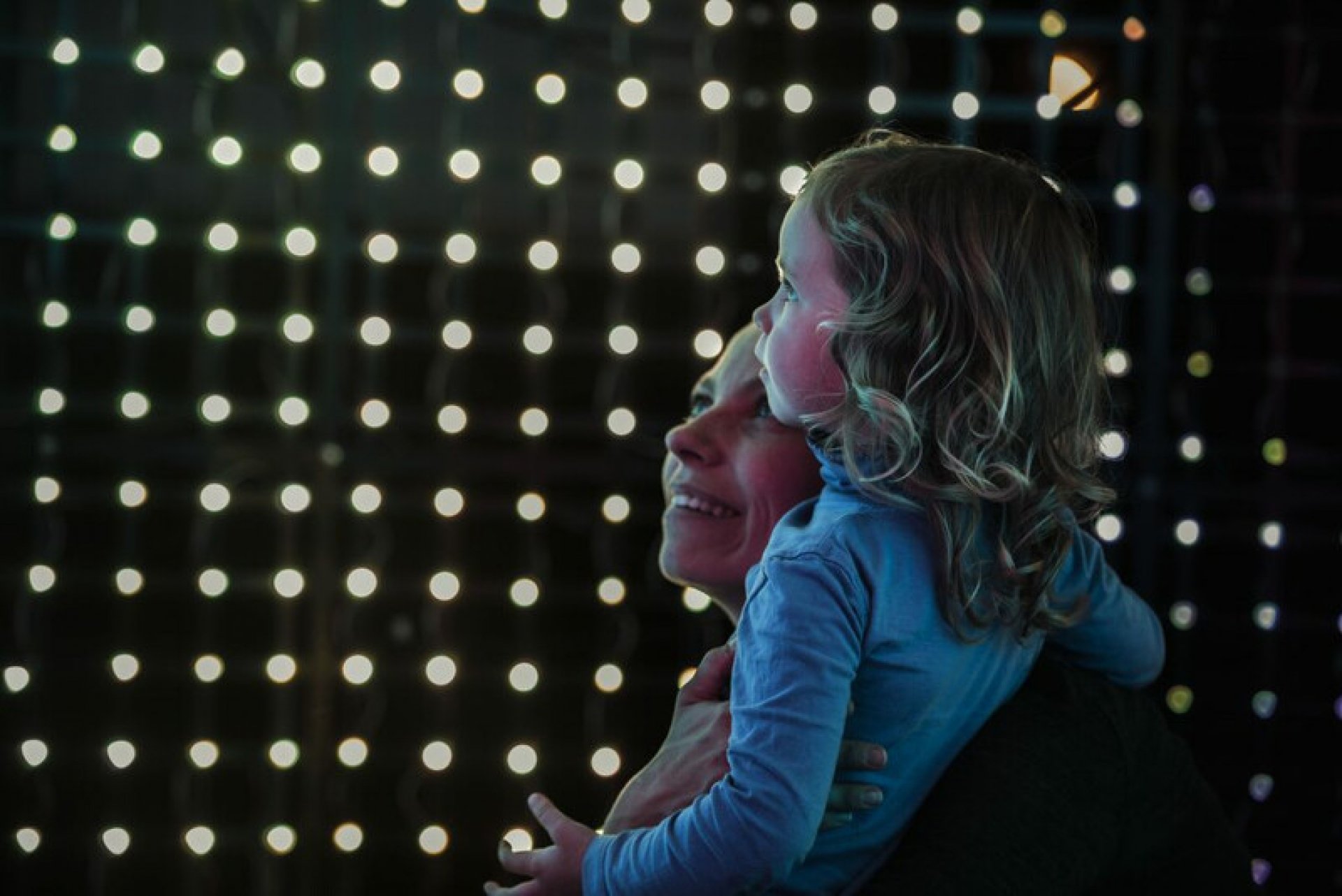Course
CourseBy studying Crossmedia Design, you will become a designer well-versed in all pertinent media and capable of communicating at the level of an art director. This course encourages you to define your position within the dynamic industry while also engaging with pressing social and societal issues. Through intentional individuality, an individual signature, communicative excellence, and a professional attitude, you will acquire the skills to persuade effectively.
Find your own way in the world of design
Within the bachelor's course Crossmedia Design in Enschede, you'll build a well-stocked toolbox where practice and theory seamlessly integrate. You will learn design, concept, and strategy, and take classes in typography, photography, film, illustration, animation and interactive media, along with the associated software. Crossmedia Design is fundamentally broad but not generalistic. As a student, you'll experience a significant degree of freedom while maintaining structure, using your own fascination as a starting point. This is how you become a skilled designer with your own vision and identity.
Individual development
Throughout the course, your individual development and choices are key, but always within the context of the entire design world. And that works. We get rave reviews from the studios where our students do their internships:
These are the people we need. People with an overall grasp and expertise, but also with their own view of the world.”
SAATCHI & SAATCHI GERMANY
Course structure
What do you learn on the Crossmedia Design course at ArtEZ AKI?
Each year of the course curriculum consists of two semesters, which conclude with an assessment. In each academic year, you will take the following subjects:
- Graphic design / Typography
- Photography / Film
- Illustration / Animation / Motion graphics
- Spatial design / Public space
- Interactive media / Scenario
- Theory in the Arts / Philosophy
In addition, we offer clinics to help you deepen or broaden your knowledge. For example, bookbinding, virtual reality, street art, 3D modelling, printing techniques such as cyanotype, textiles, presentation techniques and bio-art.
You’ll learn to design in 2D (print; books, posters, leaflets...), 3D (spatial; exhibitions, signage, public spaces...), 4D (time-based; film, animation, websites, apps, ...) and in 2-3-4D combinations (identity, campaigns, events, product development, games...). You’ll use your talents, knowledge and skills to create an authentic, effective end product. Key questions will include: What do I want to communicate? How can I make the best use of my goal? Which media do I use?
A starting point is that all media should make use of the same elements: surface, shape, colour, frame, relationship and context. This basic knowledge is central to the first part of the course and is applied to a wide range of media and manifestations.

Challenging practical assignments
The Crossmedia Design course has its own design agency, in which you will work on challenging practical assignments under the supervision of lecturers. Every year, this agency takes on a wide range of design assignments, such as publications, corporate design, campaigns, websites, motion graphics and video, plus long(er) running practical assignments, collaborating with alumni and third parties.
Doing research outside of your regular class hours
When you study at ArtEZ, you also get acquainted with research. Think of theory classes, material research, and socially engaged research. Within your course, there is ample support and space to discover what kind of artistic researcher you are. But outside your regular class hours, there are also special initiatives, activities, and workshops where you can work on research. Especially for students who seek further depth. Curious? Then quickly read more about the (extracurricular) research activities.
Course supervision
The emphasis during the course is on individual supervision, also in the classroom setting. Starting in the second year, you will be assigned a lecturer as your personal mentor, with whom you will discuss your progress on a monthly basis: what do you want and how will you achieve it?
Facilities
Along with the Moving Image and Fine Art courses, the Crossmedia Design course makes up a small-scale art academy, a loose, non-competitive sanctuary for the independent artists and designers of today and tomorrow. Because of the small scale and character of the academy, friendships, mutual exchanges and collaboration easily arise across disciplines, sometimes even for life.
AKI is a small but dedicated academy, with professional workshops for metal, plastics, screen printing, graphics, ceramics and wood. With large-format plotters, laser cutters, 3D printers, an extensive video and photo studio and analogue darkrooms. With studios and exhibition spaces. It could hardly be better, but if a student has other requirements, we are always keen to find solutions. You can collaborate with students from the University of Technology, Saxion University of Applied Sciences and the ArtEZ Academy of Music in Enschede.
- Get an impression of the Academy with this video:
- More about the AKI studios
Studying in Enschede
Look here for more information about studying in Enschede.
